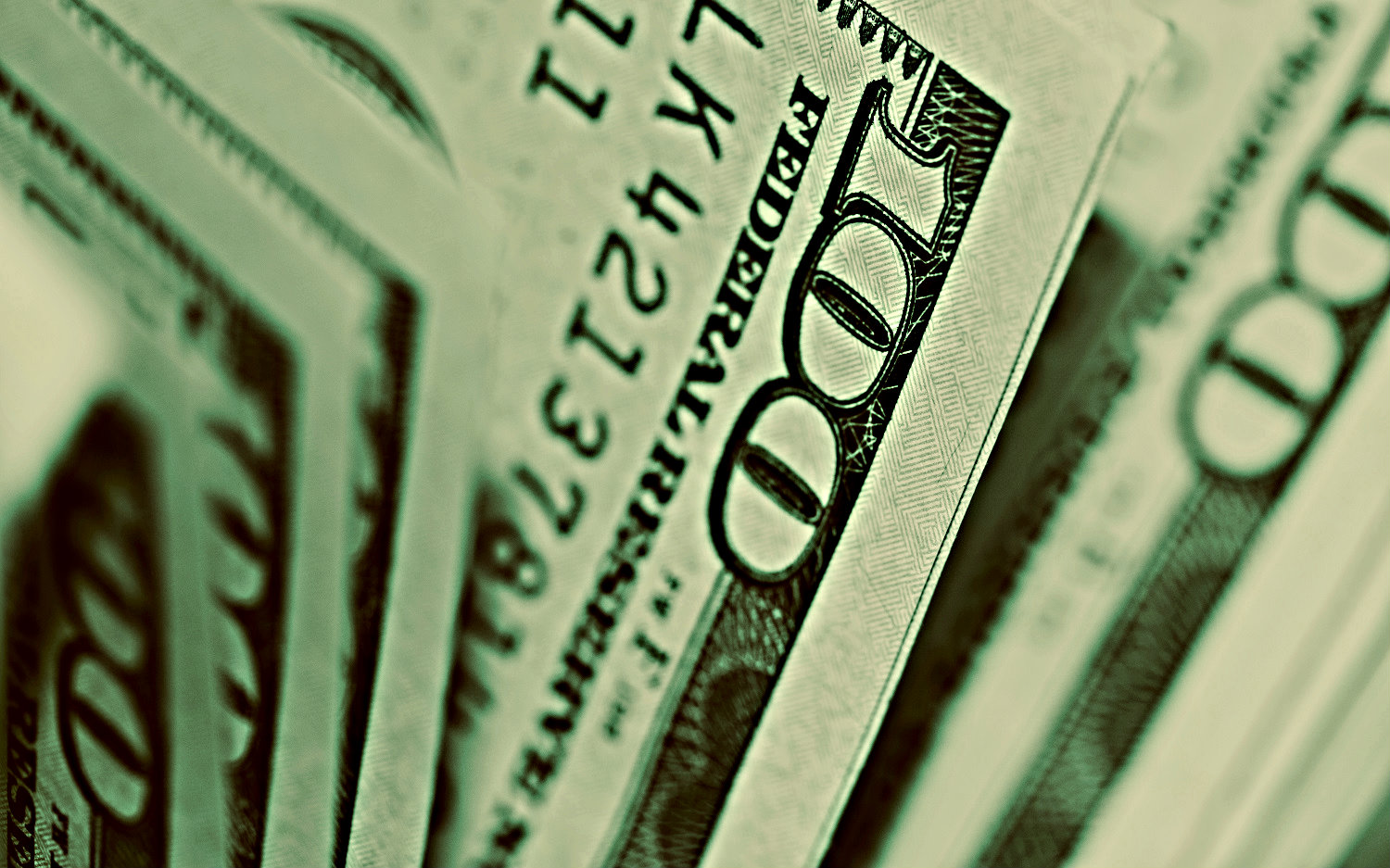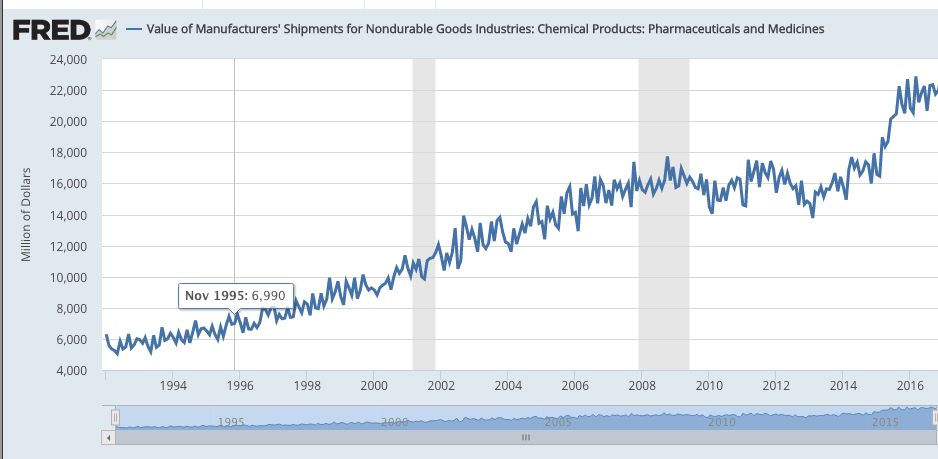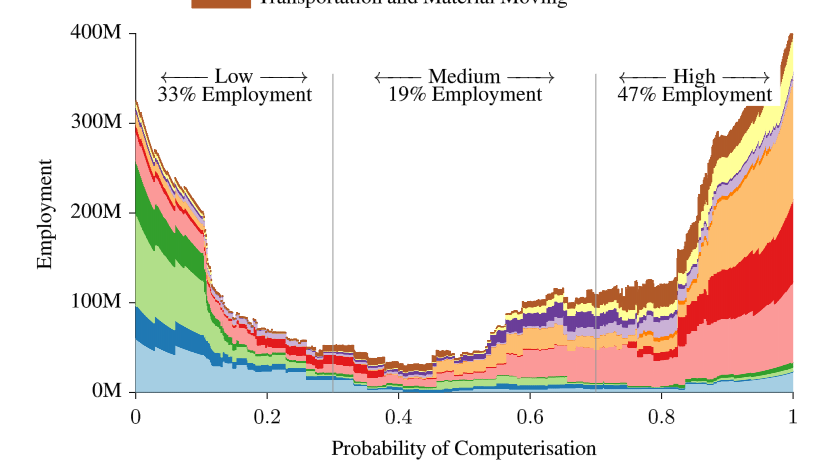The Deficit Myth By Stephanie Kelton: Introduction and Index
Posts in this series.
The Deficit Myth By Stephanie Kelton: Introduction And Index
Debunking The Deficit Myth
MMT On Inflation
Reflections On The Deficit Myth
The National Debt Is Soooooo Big
The Wonkish Myth Of Crowding Out
MMT On International Trade
Social Security And Other Entitlements
Reviews Of The Deficit Myth
The last two chapters of Stephanie Kelton’s The Deficit MythThe Deficit Myth: Modern Monetary Theory and the Birth of the People’s Economy is now available, and I will be discussing it in a series of posts. [1]
Kelton lays out the structure of the book in her Introduction. She starts with a common bumper sticker approach to the federal deficit: Uncle Sam looking abashed while holding out his pockets to show they’re empty. That image dominates most discussion of budgeting in the US. It depicts an individual facing the limits of personal finance. It relies on this image to create panic about federal deficits. This is the dominant view among politicians of both parties. In a New York Times opinion piece, Kelton reminds us that a group of 60 Congressmen, 30 from each legacy party, are terribly worried about the deficit. This kind of deficit hawkery hit President Obama in 2010 after the weak financial stimulus offered by Democrats after the Great Crash.
That month, in his State of the Union address, he committed to a reversal of fiscal stimulus, telling the nation, “Families across the country are tightening their belts and making tough decisions. The federal government should do the same.” What followed was a sustained period of self-inflicted harm.
These 60 legislators learned nothing from the misery created by Obama’s turn to austerity, and just like Obama are prepared to hurt Americans in desperate need of assistance following the collapse of the economy, a pandemic, and political upheaval. These supposedly principled people couldn’t agree on actual proposals to increase taxes or cut programs.
Instead, they called for the Government Accountability Office to issue an annual report detailing the government’s fiscal health. They also endorsed legislation introduced last year that would create “rescue committees” to recommend fixes for Social Security, Medicare and other trust funds that are projected to become insolvent.
And they called for adopting goals for managing the debt, such as setting a limit based on its share of the economy. Such a move, they said, “would reduce debt-limit brinkmanship as long as the budget remains on a responsible path.”
It would serve them right if the GAO read Kelton’s book and concluded, as she does, that they are dangerously wrong. By the way, the Fed disagrees with these spineless wonders, and says more fiscal stimulus is needed. It goes without saying that the Fed is more likely to be right than legislators mired in the economics and politics of the past.
Kelton calls for a Copernican Revolution:
MMT changes how we view our politics and economics by showing that in almost all instances federal deficits are good for the economy. They are necessary. P. 7.
There is no doubt that Modern Monetary Theory would require a revolutionary change in our understanding of economics. Here’s a tweet from Paul Krugman [2]:
I agree with Kelton about deficits not being a problem. But I get that from perfectly conventional macroeconomics, not MMT. What does MMT contribute here? https://t.co/1rrWDG0Dz1
— Paul Krugman (@paulkrugman) June 9, 2020
No revolutionary thinking needed says Krugman, carry on. I assume this is a reference to Krugman’s general view that the US can borrow cheaply thanks to the low interest rates set by the Fed, and that bonds will be issued to “pay for” economic support. That’s not what’s happening. The Fed is buying the securities issued by the Treasury to “pay for” whatever Congress said to pay for. Between February 27 and May 31, the national debt increased $2.4 trillion while Fed holdings of treasuries increased by $1.657 trillion. [3] In other words, the Fed bought about 70% of the new issuance, simply by marking up the Treasury’s account at the Fed. That’s blatantly creating money out of thin air. It’s important to add that no one is going to pay off the securities owned by the Fed unless the Fed decides to sell them to third parties. I wonder if the 60 Representatives who signed that letter know that. Or care. Or understand why it’s relevant.
Kelton takes up six myths about the economy in her book.
1. The US government should budget itself like a household.
2. The deficit is evidence of overspending.
3. Deficits will burden the next generation.
4. Deficits crowd out private investment undermining long-term growth.
5. Deficits make the US dependent on foreign investment.
6. Entitlements will cause a huge future problem.
Then she discusses our real crises:
The fact that 21 percent of all children in the United States live in poverty—that’s a crisis. The fact that our infrastructure is graded at a D+ is a crisis. The fact that inequality today stands at levels last seen during America’s Gilded Age is a crisis. The fact that the typical American worker has seen virtually no real wage growth since the 1970s is a crisis. The fact that forty-four million Americans are saddled with $1.7 trillion in student loan debt is a crisis. And the fact that we ultimately won’t be able to “afford” anything at all if we end up exacerbating climate change and destroying the life on this planet is perhaps the biggest crisis of them all. These are real crises. The national deficit is not a crisis. P. 11-12.
And I’ll add one more: the grotesque skewing of wealth and income to white poeple is a crisis.
This book is a joy to read. It’s written for non-economists. The language is lucid and precise, with no jargon. I hope people will discuss it in the comments as I move through it. I’ll try to answer any and all questions to the best of my ability.
I will also add my own comments, but I will separate my thinking from Kelton’s. I know of two areas I want to discuss in more detail. First, as I see it MMT is an example of a pragmatic approach to the study of economics. I offer a primer on pragmatism in three posts, here, here, and here. In contrast, mainstream economics rests heavily on Bentham and Mills’ Utilitarianism, but it’s buried deeply in the history of economics, and is never discussed as a normative principle. For an introduction to this area, search the site for William Stanley Jevons.
The value of pragmatism is that it strives to be non-normative. It leaves discussion of what should we do to political or some other discourse. Mainstream economics claims to know how things should be: the market is all-knowing and politics should never interfere with its operation.
This book lays out an argument for MMT as the foundation for an economics for progressives. It offers an understanding of the way our government funds itself which can free us from the constraints demanded by the rich and powerful. It shows us how to use federal monopoly control over money for the benefit of all of us, not just the filthy rich. With this book, we can master the basic concepts and teach them to our friends and neighbors, and especially to our politicians.
========
[1] My original plan was to discuss John Dewey’s The Public and Its Problems, but that was derailed by a bad case of quarantine brain. I’ll return to that excellent book next. One of the reasons to discuss that book is that Dewey, the leading pragmatist, opens with a discussion of that theory.
[2] I replied to this tweet.
[3] The Fed’s weekly balance sheets are here. Debt figures from the Treasury are here.
…
[Graphic via Grand Rapids Community Media Center under Creative Commons license-Attribution, No Derivatives]




